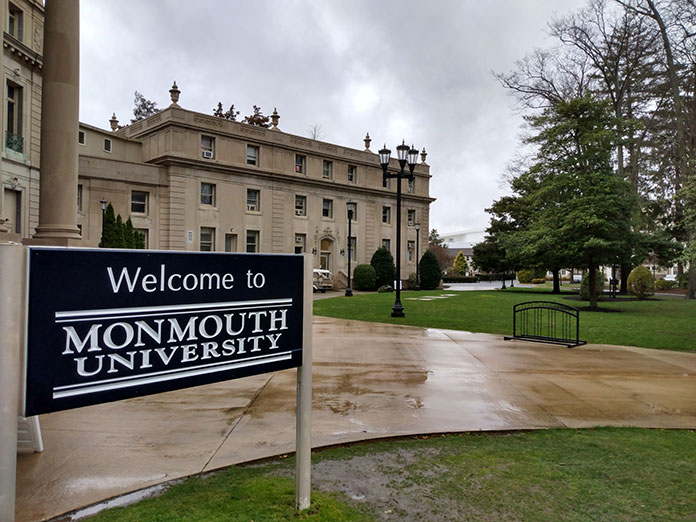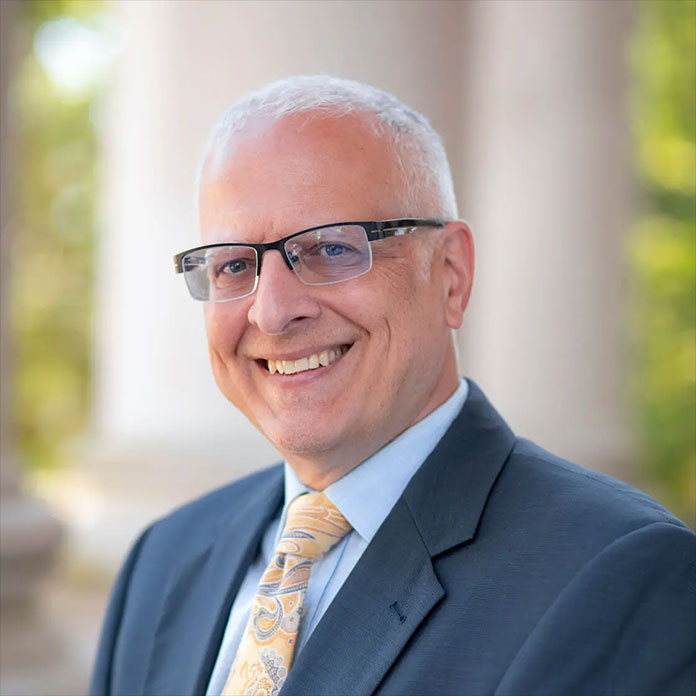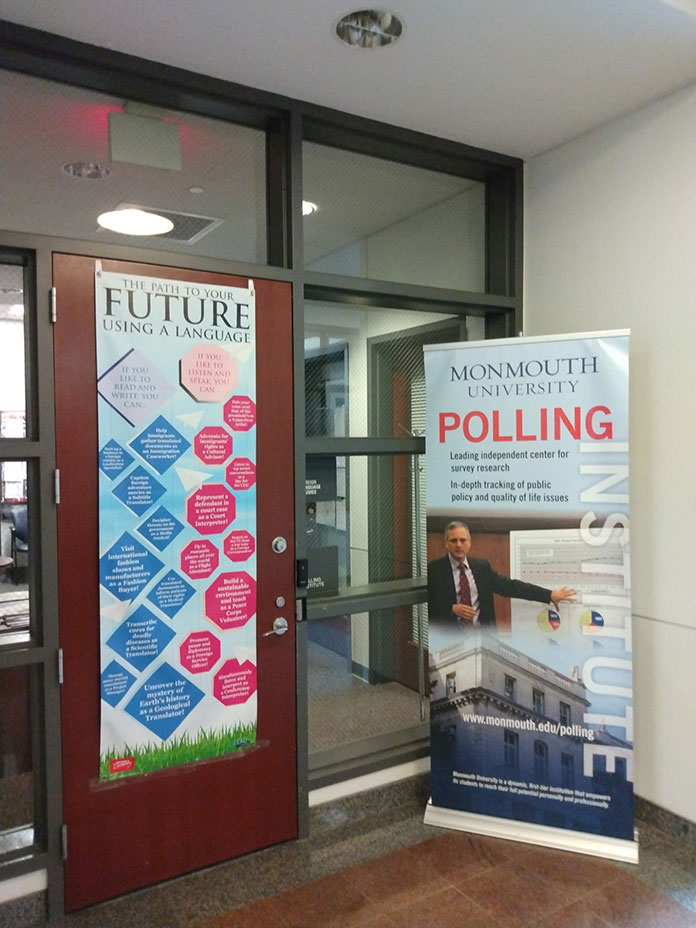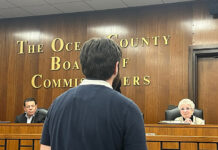
WEST LONG BRANCH – One Central Jersey institution is renowned for its work in political polling and is so frequently cited, especially by television broadcasts during election coverage, that it has become synonymous with accuracy.
The Monmouth University Polling Institute has been doing reliable polling since 2005, when it was opened under the direction of Patrick Murray. In less than two decades under Murray’s direction, the Institute has become renowned for its precision.
“There’s no secret,” says Murray, candidly. “It’s the product of good training and trying to hold the highest standard. It’s a changing business, and we’ve become much more attuned to the fact that we are becoming more divided politically. Honestly, we just try to do our best with understanding the basics, stick to the basic premise of what good survey research is all about, and adapt to the changing environment.”

This attention to detail was never more evident than this past November, when four key races in two states captured much of the election coverage on national television.
On the eve of the elections, Monmouth Polling Institute reported that in the Pennsylvania Senate Race, 48 percent of those casting ballots were likely to vote for John Fetterman, while only 44 percent were likely to vote for Mehmet Oz. In the final result, Fetterman garnered 51 percent of the vote, while Oz received 46 percent.
Similarly, in the Pennsylvania Governor’s Race, the Institute’s update from November 3 projected that 39 percent would definitely or probably vote for Doug Mastriano, while 52 percent would probably or definitely vote for Josh Shapiro. In the end, election results showed Shapiro with 57 percent, while Mastriano managed to grab 42 percent.
But while their accuracy in political forecasting is renowned, the Institute actively conducts all types of polls, and in the past has done work centering on commuting, the effects of Superstorm Sandy, and even the sociological effects of the COVID-19 pandemic. Despite this work being incredibly relevant by providing insight into the psyche of the population, the predictive nature of political polling is what captures the attention of the general public, as well as the media.
“What we’re really doing,” Murray stresses, “and the contribution that we’re making both to our students and to the larger public are really about the other types of polling that we do that aren’t directly related to who’s going to win or lose an election.”

The polling that Murray is proud of may well have value to society, but they are seen as reflective of the current state of mind for the population. Conversely, something that is seen as “predictive” captures the imagination of the public, precisely because it deals with events that have not happened yet.
“I think one of the problems that we have is that we hold election polling up to a much higher standard and we expect it to be much more precise than it could possibly be,” explains Murray. “We expect it to be more precise than polling on almost any other topic even though there’s so much more error involved in election polling than there is in polling on any other type of issue. That’s because you’re asking polls to predict something, and polls aren’t designed to predict. Election polls basically violate the core principles of polling because you’re trying to get people to predict a number of different behaviors. One, whether they’re going to go out and vote at all, and two, who they’re going to vote for, which could change.”
Two of the more interesting races this past November involved the gubernatorial and senate races in the state of Georgia. Here once again, the Institute’s staff correctly forecasted the winners, but it took a while to prove them right.
As of October 26, the projection from the Institute showed that candidate Stacey Abrams had ‘probably or definitely’ votes of 43 percent in the race for governor, while incumbent Brian Kemp had 55 percent. In the end, once again Murray’s team was incredibly accurate, as the election results gave Kemp the victory with 53 percent, while Abrams received 46 percent.
But no one could have predicted the photo finish involving the Georgia senate race. As recently as October 27, the Monmouth Polling Institute showed Raphael Warnock had a 49 percent to 44 percent edge over candidate Herschel Walker. However, the actual vote was too close to call on election night, with the count showing a 49.4 percent to 48.5 percent near-virtual tie. So, with less than a point difference, they moved to a runoff election, where Warnock received 51 percent to Walker’s 49 percent.
“When you say, ‘who are the people who vote on Election Day,’ which hasn’t happened yet, it requires a bit of a crystal ball to determine who that population is,” says Murray. “And so, pollsters come up with a whole series of likely voter models based on how often you voted in similar elections in the past, [and] how motivated or interested you are in the upcoming election. But these are imperfect gauges of what people are going to do. The only way to know who’s going to vote on Election Day is to wait till Election Day. So, you’re asking polls to do something that [is] very difficult for polls to do, and then you’re holding them to a higher level of precision.”
But while election season is the busy time of year for the Institute, it takes preparation to get to that stage. Murray’s staff consists of four full-time employees, but student assistance may range anywhere from four to 10 interns who have trained to do the work.
“We have both graduate students and undergraduate students who work for us and do internships with us every year from all fields,” explains Murray, “from political science to English to psychology to counseling to business, because we’re running a professional operation. And, there are pieces within any professional operation that need those kinds of areas of expertise.”
The accuracy may involve detailed metrics, but Murray insists that there’s no proprietary algorithm behind the Institute’s success. Instead, it’s the details that his team digs into to determine not just who someone is voting for, but why. Knowing the myriad of reasons behind a voter’s choice, the multitude of factors that may potentially cause individuals to cast the votes that they do, is the real secret of the Institute’s success.
“One of the things that we ask [involves] a lot of follow up questions about issues, about motivation, about what’s important to you in the political environment today as well as this specific election,” explains Murray, “and whether elections really reflect people’s underlying concerns.”
As long as the voting population takes interest in the issues of the day, and politicians are looking to be elected, Murray’s team will be there to do the work, boil down their analysis, and make the best projections possible for the upcoming election.






